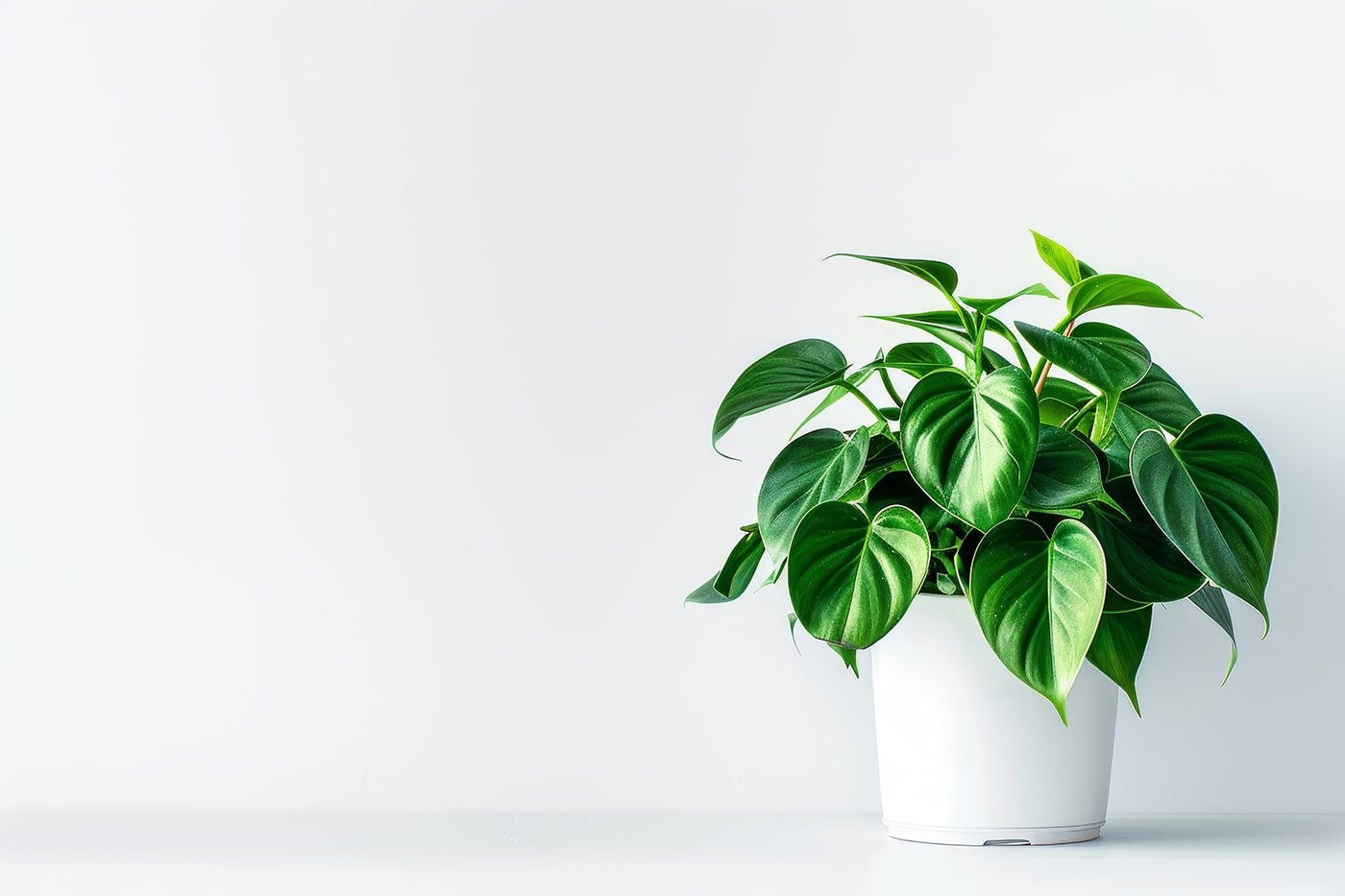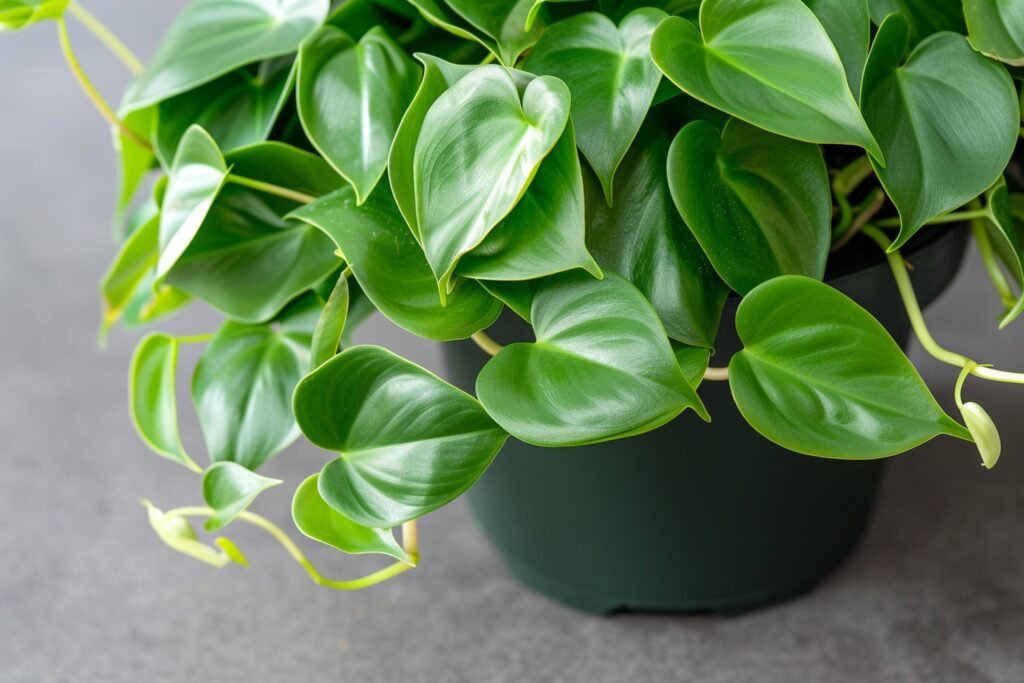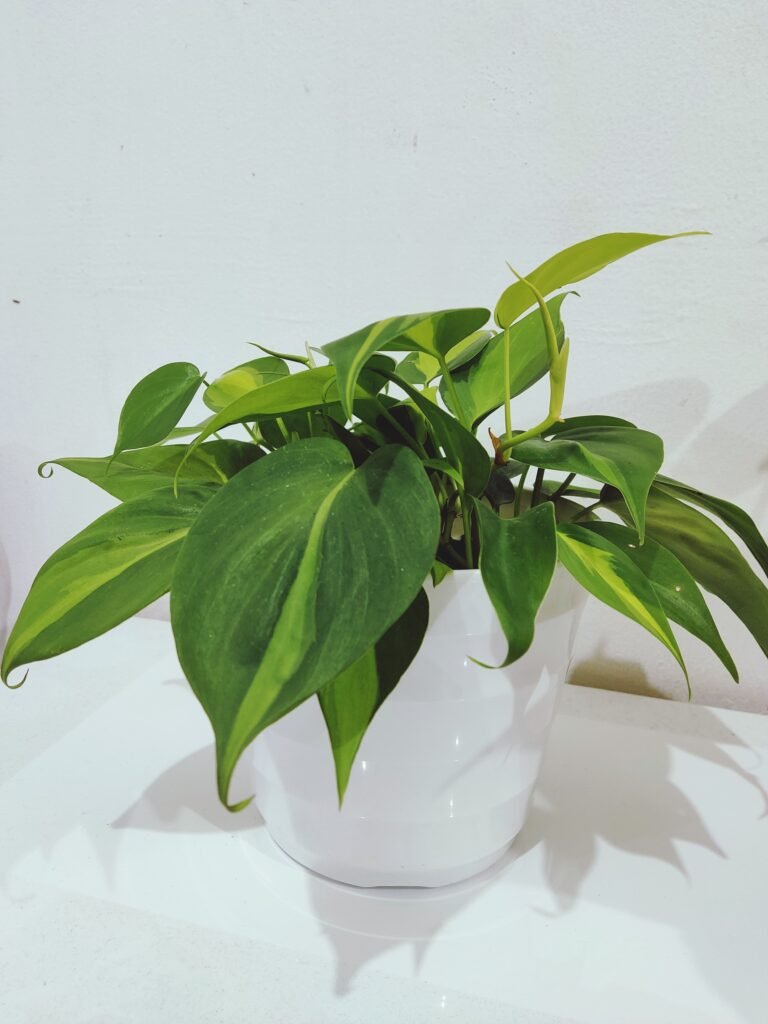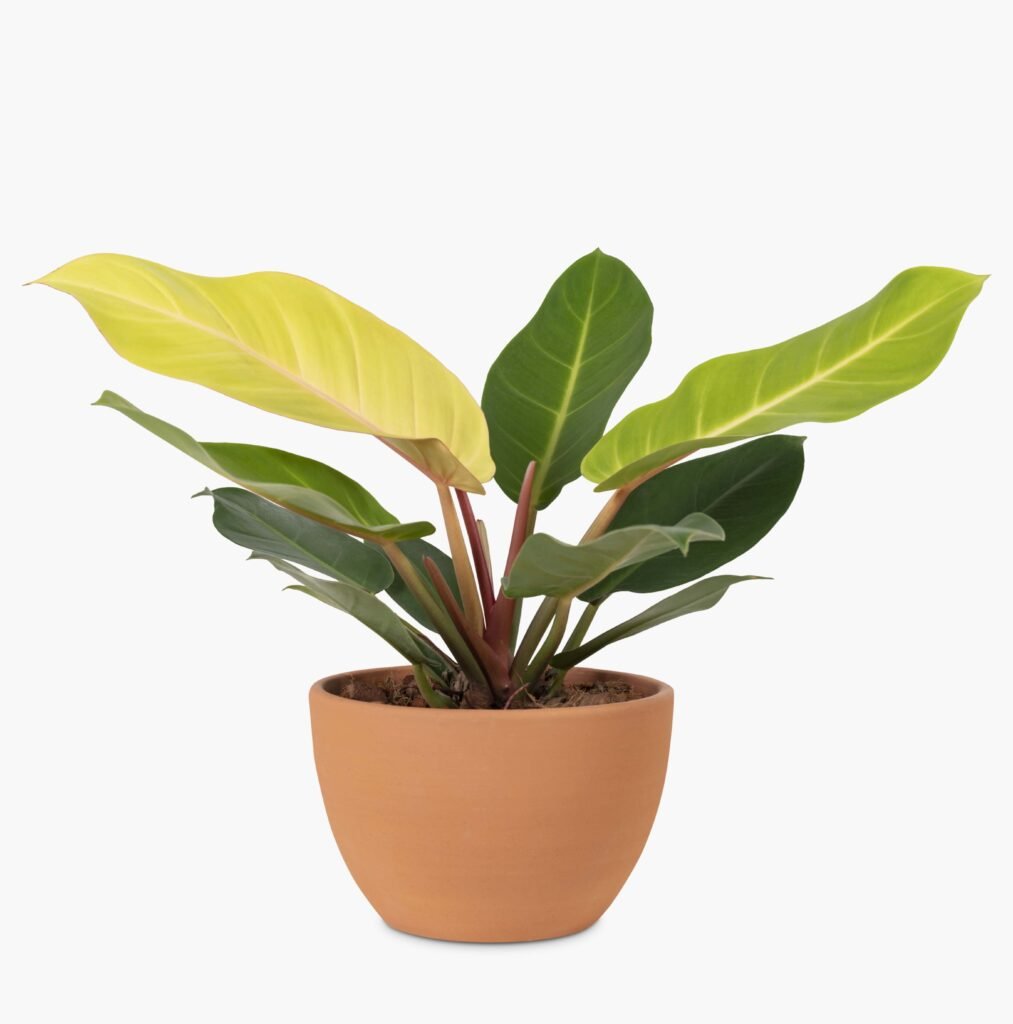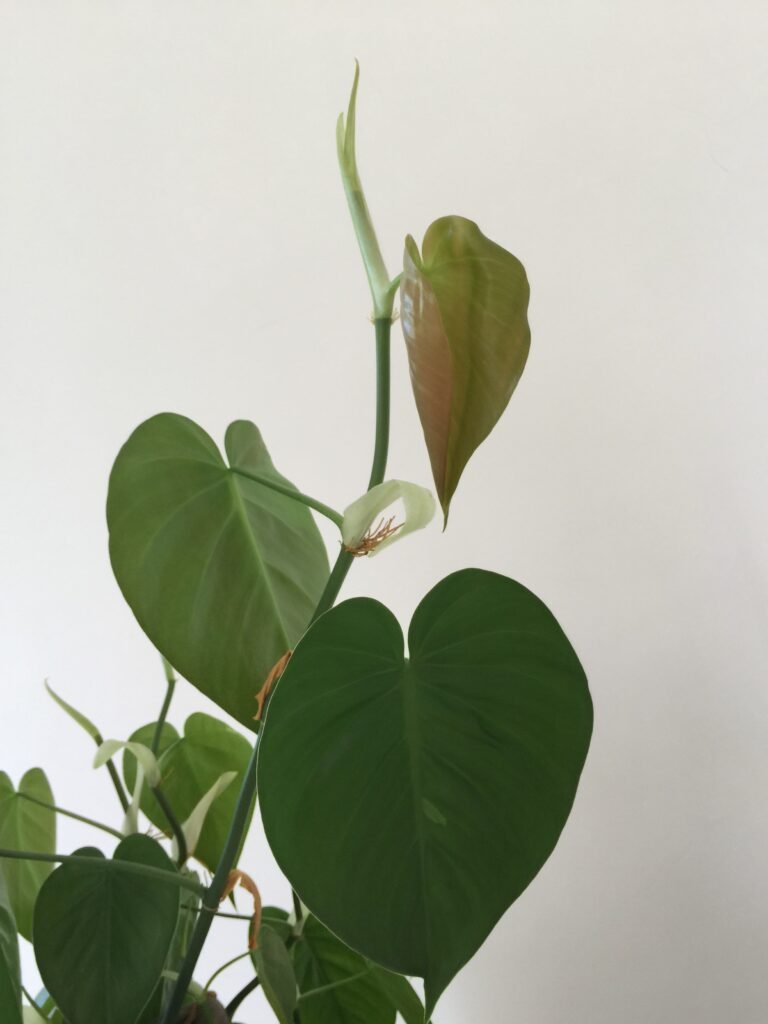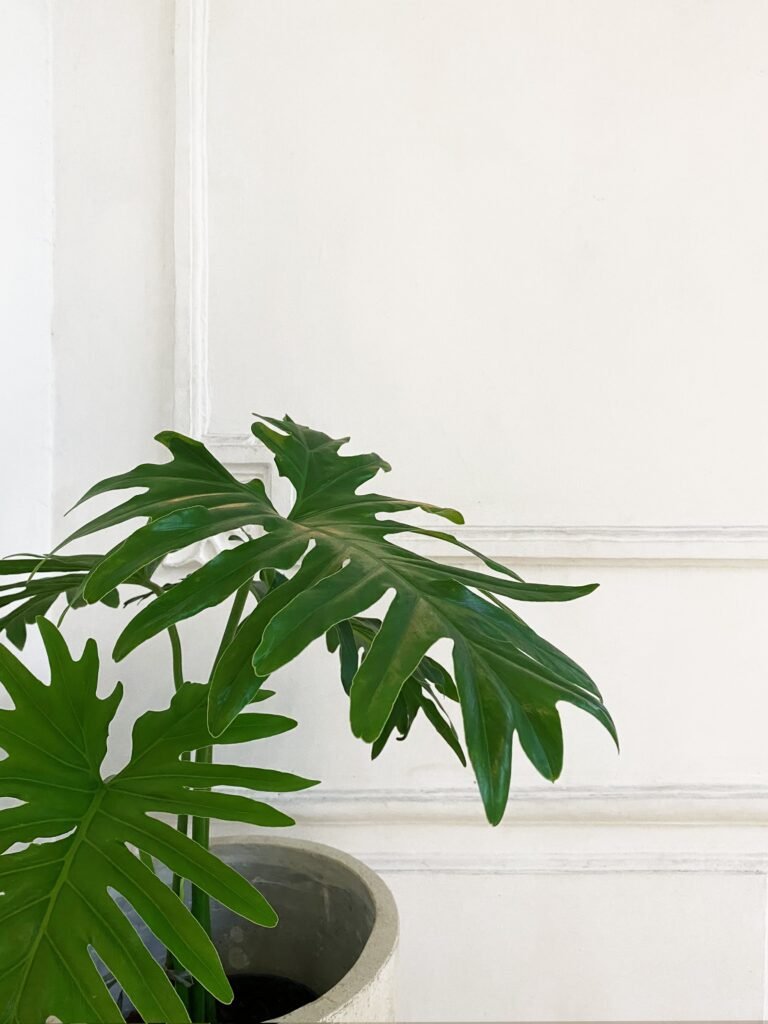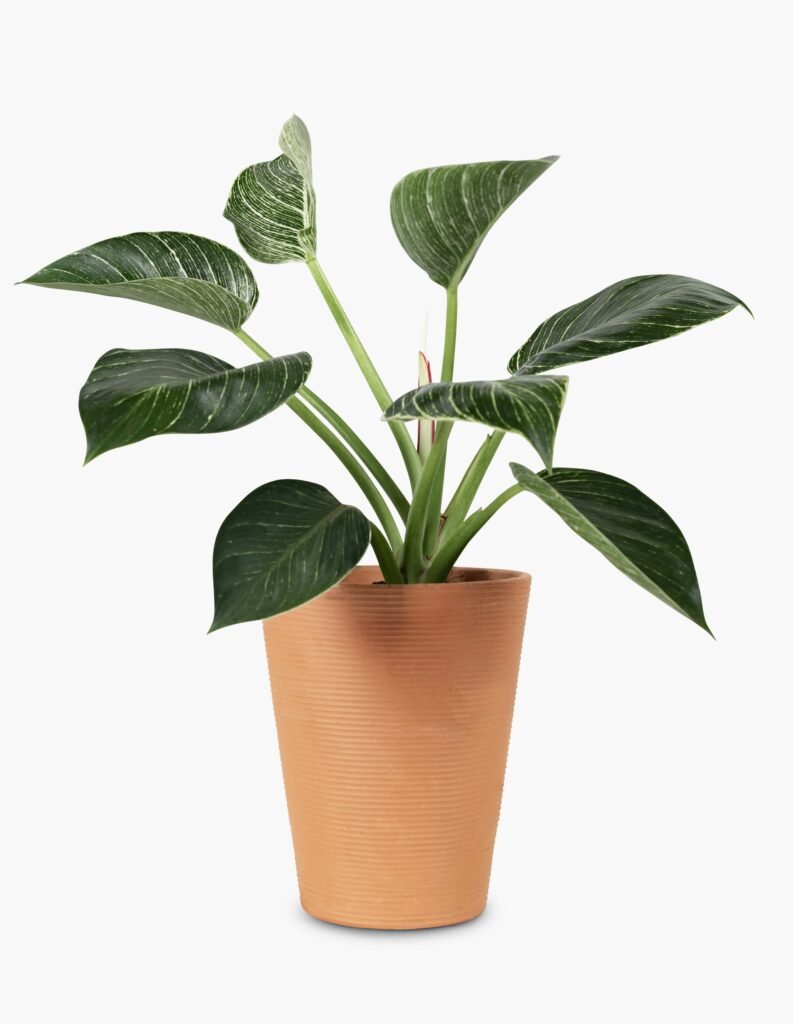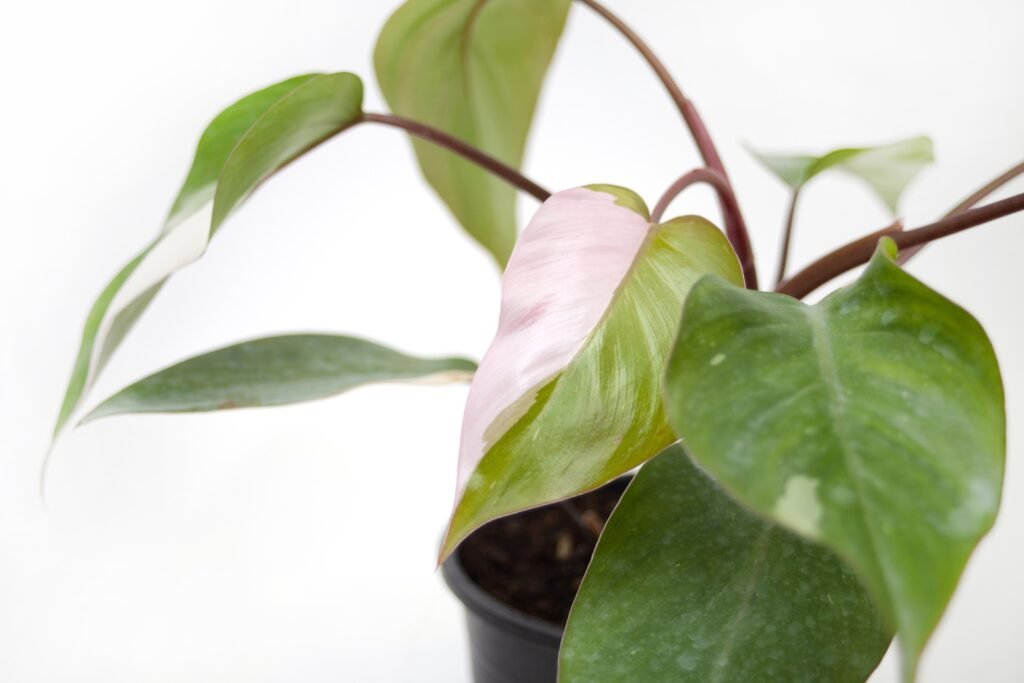PHILODENDRON
- admin
- July 7, 2024
- Uncategorized
-
Post Views: 77
- 0
- lighting: Philodendrons thrive in bright, indirect light. They can tolerate lower light conditions but may grow more slowly and produce smaller leaves with less variegation.
- watering: water the plant when the top inch of the soil feels dry. Overwatering can lead to root rot, so ensure the soil has good drainage. Water thoroughly until water drains out of the bottom of the pot. Discard any excess water in the saucer. Use settled water of room temperature.
- fertilizing: feed Philodendron with a balanced, water-soluble fertilizer every 4-6 weeks during the growing season. Reduce fertilizing in fall and winter when the plant’s growth slows down.
- humidity: Philodendrons prefer moderate to high humidity levels. If the air is dry, especially in winter, increase humidity by misting the leaves, using a humidifier, or placing a tray of water with pebbles near the plant.
- temperature: the temperature for normal growing should be between 65°F and 80°F all the year. Protect the plant from cold drafts, sudden temperature changes, and temperatures below 55°F.
- repotting: repot your philodendron every 1-2 years or when it becomes root-bound and outgrows its current pot.

